Does Winter Weather Affect a French Drain?
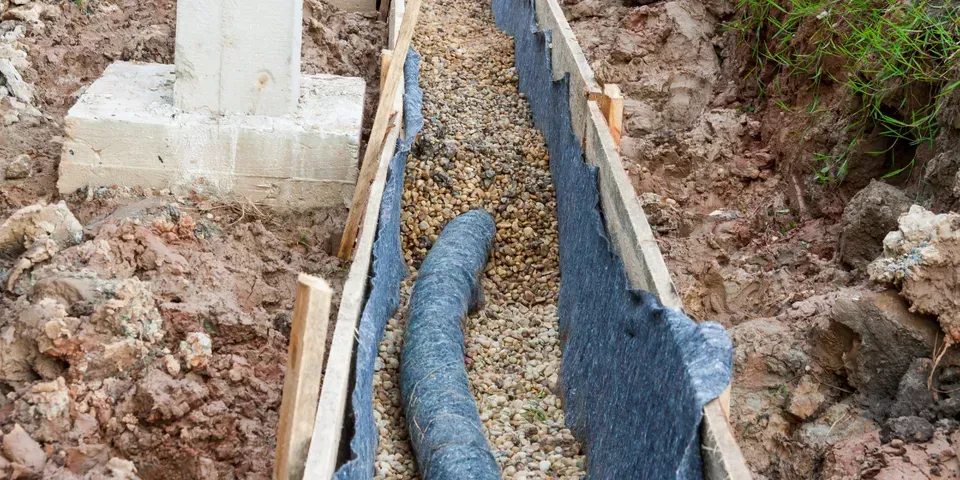
Many homeowners rely on French drains to prevent water from reaching their property's foundations. These fixtures are highly effective at redirecting runoff and keeping homes safe and dry. However, the system has to be properly installed and maintained in order to do its job year-round. If you're new to homeownership, or if you've never lived in a house with a French drain, you may be wondering how various seasons might affect its functionality. This guide outlines how the setup works and includes important maintenance tips to follow this winter.
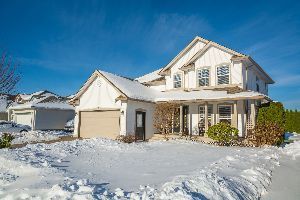
How French Drains Work
A French drain acts as a channel for water to flow through, and it's designed to divert runoff away from your foundation so you don't have to worry about leaks, flooding, or water damage. This system includes a ditch that contains a perforated pipe that's covered by gravel or grass. As liquid seeps into the trench, it percolates into the pipe and is carried and emptied into a drainage ditch, well, low-lying area, or nearby street.
This type of drain is useful if water often accumulates on your lawn or driveway. If you live in a flood-prone area, it can be combined with retaining walls and diversion channels to keep the property dry and prevent soil erosion. Depending on your needs, you can install a shallow or deep French drain. The first option is effective at clearing out surface water since it extends horizontally across the surface of your property. A deep drain stretches around the perimeter of a home and is designed to stop moisture from reaching your basement.
How Winter Weather Impacts a Drain's Functionality
Proper maintenance will keep a French drain functional and safe in winter. Clean out your gutters this fall to ensure they're not clogged. If these channels aren't functioning properly, water won't flow away from the home. If too much of it pools around the structure's base, it could overwhelm the drainage system. You should also verify that the French drain is installed below the frost line, which is the expected depth at which groundwater in soil is expected to freeze. While it's not required for the pipes to be placed below this point, it will keep them from being affected by freezing temperatures.
The system will work all year if it isn't directly exposed to the elements. If you have pipes above the frost line, insulate them to keep them from freezing. If water isn't flowing out of the drains as expected, reach out for professional help since a blockage can cause serious problems during wet weather.
If you need help with your French drain, contact Buzz Landscaping Inc. in Conway, AR. This landscaping company serves residents of Faulkner County and offers a variety of services, including yard and lawn maintenance, patio and deck construction, and water feature, drain, and hardscaping installation. They're licensed and bonded for your peace of mind. Learn more about their services online, or call (501) 730-4515 to request a quote.
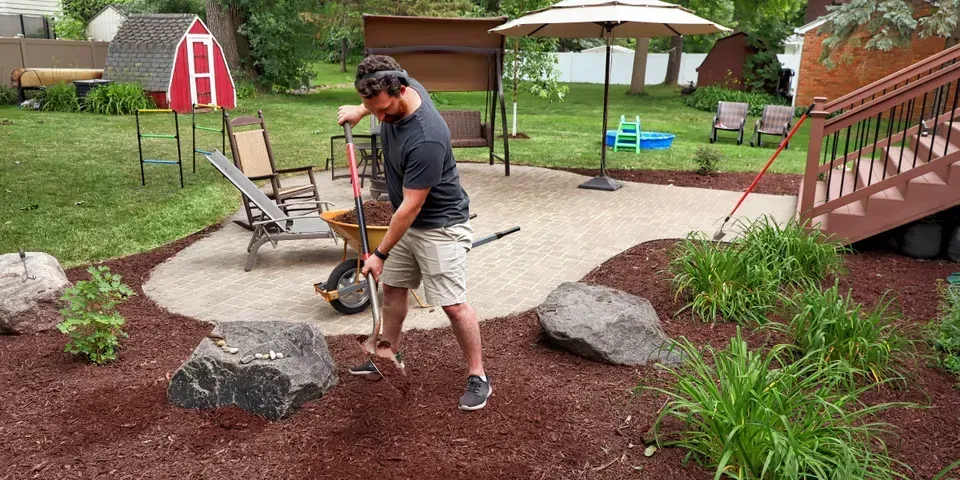
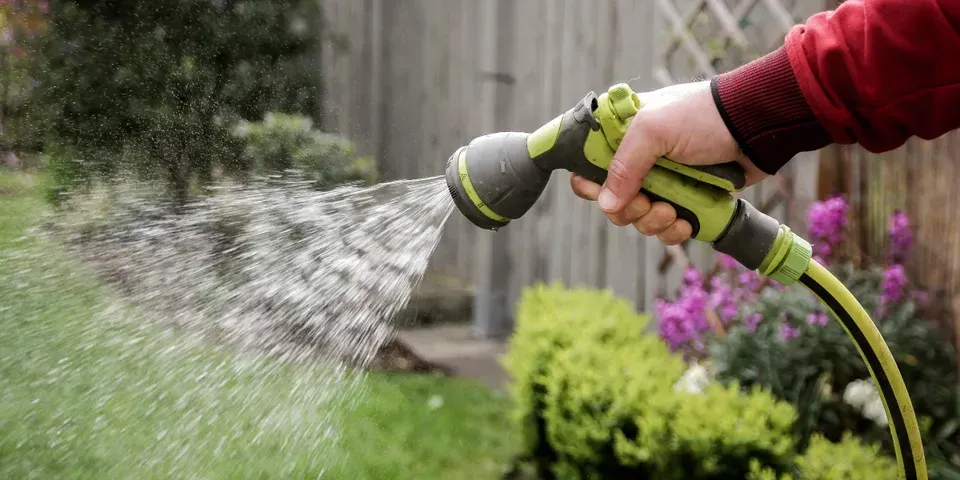
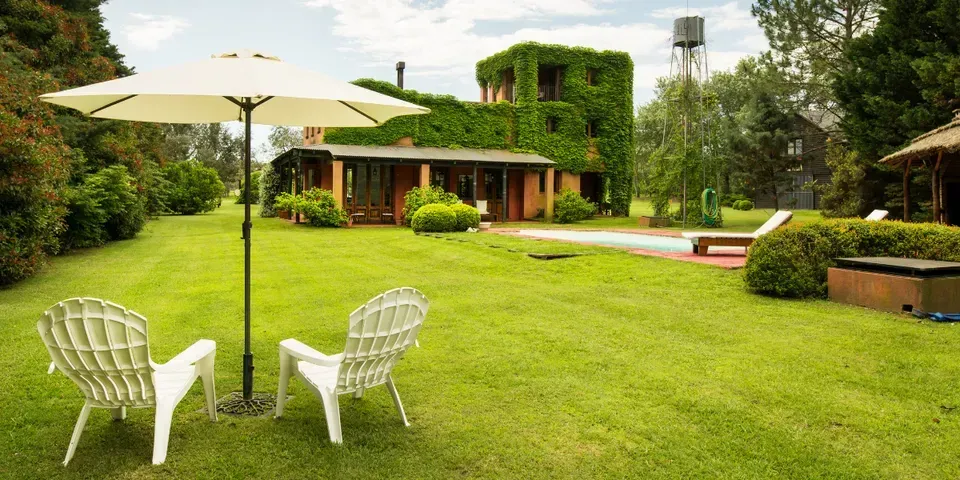
Mon to Fri: 8am - 6pm | Sat - Sun: Closed

